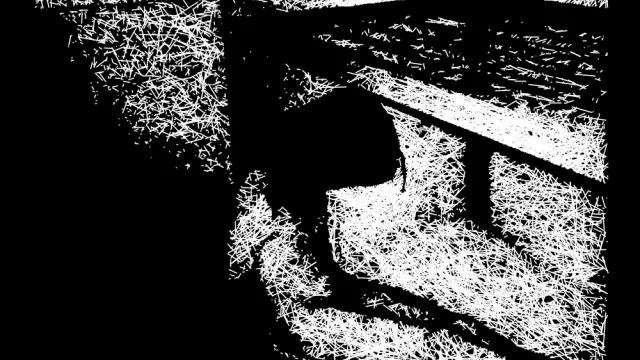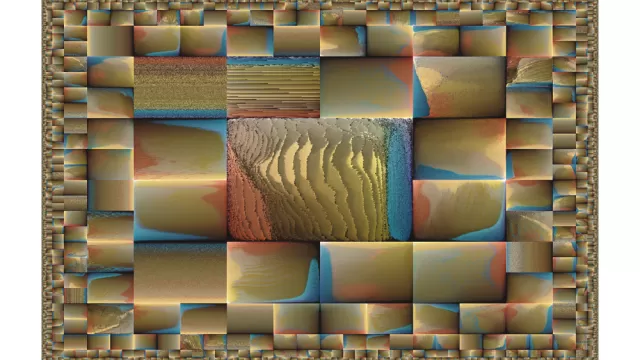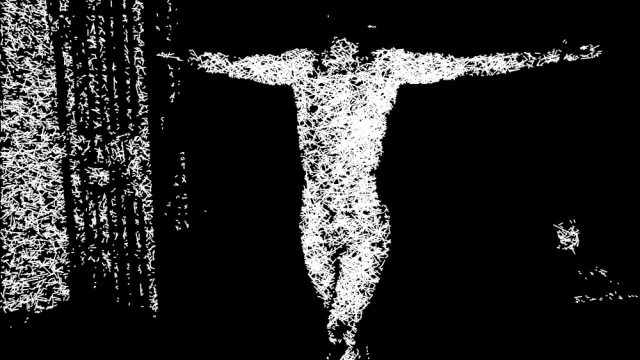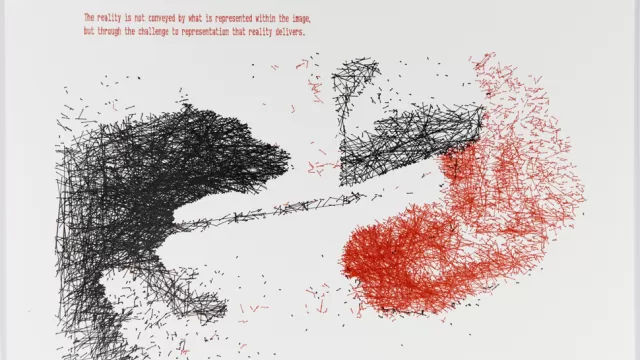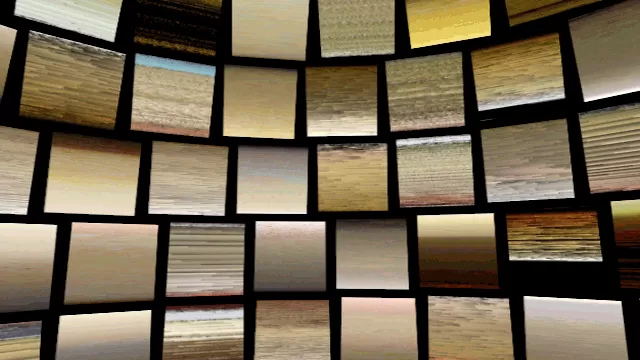In this experiment I fed back images into the system which created them so that the subsequent image degraded in each instantiation.
This fade to black approximates the effects of massified circulation of images where it seems that over time the images which once shocked, after repeated exposure, seem hardly able to elicit any response at all.
